When you see a wire showing on tire, it can be alarming. Tire’s cord is its strength, so it’s natural to assume that once the cord is exposed, the tire has lost its structural integrity and could blow out at any moment. But how long can you actually drive on a tire with wire showing?
It’s not advisable to drive for long on a tire with exposed wire. The tire may hold up for a while, but eventually the wire will break and the tire will deflate.
You may wonder why it happen and if there is anything you can do to fix the problem. In this blog post, we will answer those questions and more so that you can feel confident in what to do if you experience this issue.
What's in this post?
How long can you drive on a tire with wire showing?

It is not advisable to drive for long on a tire with exposed wire. The tire may hold up for a while, but eventually the wire will break and the tire will deflate. Maximum in this case, the driver can drive up to 90 miles at slow speeds and depending on tire condition.
If you must drive on a tire with exposed wire, it is important to keep an eye on the pressure and check it regularly. It is also important to drive slowly and avoid any potholes or rough terrain.
If possible, it is best to replace the tire as soon as possible. driving on a damaged tire is dangerous and could lead to an accident. (See How Long Does It Take to Change a Tire?)
What happens if you drive when the tire cord shows?
When a tire is worn down to the point where the cord is showing, it means that the tire has reached the end of its useful life and needs to be replaced immediately.
Driving on a tire in this condition is extremely dangerous, as the cord is all that is holding the tire together.
If the cord becomes damaged or breaks, the tire will instantly deflate, which can cause the driver to lose control of the vehicle. Be careful of tire blowouts if you drive at high speeds or in hot weather.
Even driving at low speeds on a worn-out tire can be risky, as the tire may fail without warning. For these reasons, it is always best to err on the side of caution and replace tires before they reach this point.
Useful read: Why There is Bubble in Tire?
Why is wire showing on tire a problem?
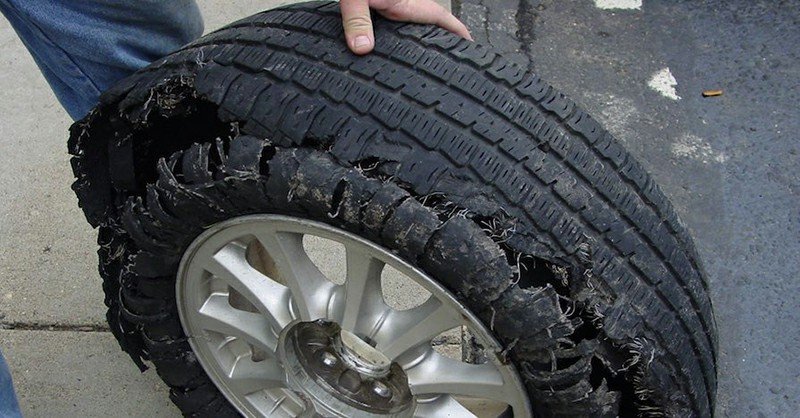
When you see a wire showing on tire, it means that the steel bead wire has become damaged and is no longer doing its job properly.
This can happen for a number of reasons, below are the most commons:
Tire overuse
Tires usually last for round 4 years or 50,000 miles, after which they should be replaced. However, if you regularly drive long distances or in difficult conditions (such as off-road), then your tires may need to be replaced sooner.
The steel bead wire is under a lot of tension and will eventually start to wear out. When this happens, the wire can break and become exposed.
If you continue to drive on the tire, the wire will eventually snap and the tire will go flat.
Damaged wheel rim
If you hit a pothole or kerb hard enough, it can damage your wheel rim. This can put stress on the bead wire and cause it to break.
It is important to get your wheel checked by a professional if you think it may be damaged, as driving on a damaged wheel can cause further damage to your tire.
Incorrect tire pressure
If you have incorrect tire pressure, it can put undue stress on the bead wire and cause it to break.
It is important to check your tire pressure regularly and inflate your tires to the correct pressure. You can find the correct tire pressure for your vehicle in the owner’s manual or on a sticker inside the driver’s door frame.
[amazon box=”B01J8DLGU2″]
Bad alignment
When a vehicle’s wheels are not properly aligned, they can cause the tire to rub against the suspension components.
This friction can cause the tire to wear down, eventually revealing the wires or cables inside.
In addition to causing premature tire wear, poor wheel alignment can also negatively impact a vehicle’s handling and fuel economy.
Punctures or cuts in the tire
If you get a puncture or cut in your tire, it can damage the bead wire.
It is important to get any punctures or cuts repaired as soon as possible, as they can cause the tire to lose air and go flat.
Camber wear
Camber wear is a type of tire wear that occurs when the top of the tire starts to lean inwards or outwards.
This can happen if your vehicle’s suspension is not set up properly, or if the wheel alignment is incorrect.
Camber wear can cause the bead wire to become damaged and eventually break.
Toe wear
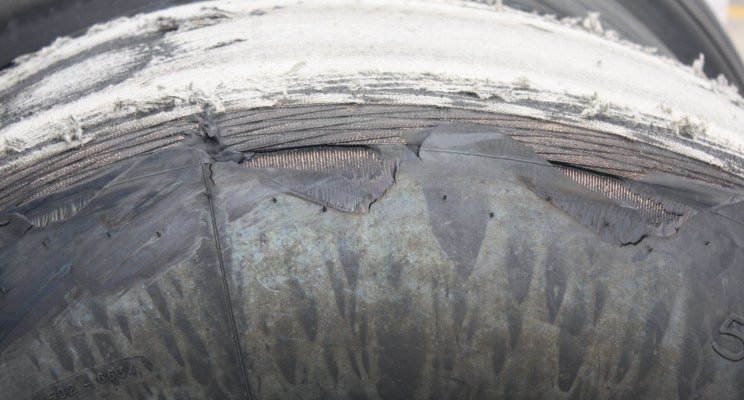
Toe wear is another type of tire wear that occurs when the tires are not pointing straight ahead.
This can happen if your vehicle’s suspension is not set up properly, or if the wheel alignment is incorrect. Toe wear can also cause the bead wire to become damaged and eventually break.
Improper inflation
Under or over-inflated tires can cause wire to show on a tire.
When the tire is under-inflated, the sidewalls will flex more than they should. This can cause the steel or nylon cord that reinforces the sidewalls to become exposed.
Additionally, under-inflated tires run hotter than properly inflated ones, and this can cause the tread to separate from the cord.
On the other hand, over-inflated tires put too much pressure on the tire. This causes the sidewalls of the tire to bulge outwards.
The bulging creates weak spots in the sidewalls, which can eventually lead to the wires inside the tire breaking through.
[amazon box=”B07QR4Q42L”]
Useful read: What is a Tire Sidewall Damage? How to Tell If It is Too Much?
How to fix a tire with wire showing?
If a tire is showing cord, it means that the tread has worn down to the point where the reinforcing cords are exposed.
This is not something that can be fixed, as the tire will no longer have the necessary structure to support a repair. The only option is to replace the tire.
However, if the tire is still in good condition overall, it may be possible to have it retreaded. In this process, the tire will be cured and remolded, replacing a new tread with the same essential structure as the original.
Retreading can extend the life of a tire, but it is not always possible or advisable, depending on the condition of the tire.
If you are unsure whether retreading is an option for your situation, consult with a qualified automotive technician for further guidance.
What should you do if you see wire showing on tire?
If you see wire showing on tire, it is important to take action immediately.
To avoid this, take the following steps:
- Pull over to a safe location and turn on your hazard lights.
- Use a jack to raise the vehicle and remove the affected tire. Inspect the tire for any other signs of damage.
- If there is extensive damage, replace the tire with a spare or call for roadside assistance. If the damage is minor, you may be able to repair the tire using a patch or plug kit.
- Once you have repaired or replaced the tire, continue your journey and make sure to have the tire checked by a professional as soon as possible.
[amazon box=”B09JJTW2ZV”]
If you must drive on the tire until you can get it replaced, be sure to keep an eye on the pressure and check it regularly. Drive slowly and avoid any potholes or rough terrain.
How to prevent this from happening?
One of the most common problems with tires is when the wire starts to show through the rubber. This can happen for a number of reasons, but there are a few simple steps you can take to prevent it from happening in the first place.
The first step is to make sure that your tires are properly inflated. Under-inflated tires are more likely to suffer from tread wear, which can expose the wire.
It’s also important to rotate your tires regularly. This helps to evenly distribute the wear and tear, which can prevent any one spot from getting too thin.
Finally, make sure to inspect your tires for any signs of damage. If you catch a problem early, you can usually have it repaired before it causes more extensive damage.
By following these simple tips, you can help keep your tires in good condition and avoid the need for expensive repairs or replacements.
How do I know if my tires are worn out?
There are a few simple signs to look for:
- Check the tread depth: Tires typically have raised treads, known as “treadwear indicators.” These indicators will be level with the rest of the tire when the tread is worn down to the minimum depth.
- Look for cracks, bulges, or other damage in the sidewall of the tire: This can be a sign that the tire has been damaged and is at risk of bursting.
- Pay attention to how your car feels when you’re driving: If you feel vibrations or instability, it may be time to replace your tires. by following these simple steps, you can ensure that your tires are safe and reliable.
What is the cost of replacing worn-out tires?
The cost of replacing your old tires will depend on several factors such as the type of vehicle you drive, the type of tire you need, and the quality of the tire you choose. These factors may affect the overall cost from one car to another. However, on average, the cost to replace four worn tires ranges anywhere from $400 to $1,200. However, keep in mind that this is just the base cost, as different additional factors can raise the cost even further.
One of the main factors that can affect the cost of replacing your worn-out tires is the type of tire you need. Different vehicles require different types of tires, and each type has its price range. For instance, a sports car will need a performance tire that is more expensive than an all-season tire for a regular sedan. In addition, if you require your tires to have added features such as snow traction and fuel economy, then the cost will go up.
Another factor that can affect the cost of replacing your tires is the quality of the tire you choose. Opting for higher-quality tires can increase the life-span of your tires and provide better performance. As a result, it can be more expensive than lower-quality options. It may seem pricier upfront, but it can save you more in the long run.
FAQs about wire showing on tire
What happens if you drive on tires without tread?
When a tire loses its tread, it no longer has the ability to grip the road surface. This can lead to a number of problems, including reduced handling and braking, increased likelihood of skidding or sliding, and decreased fuel efficiency.
In addition, driving on bald tires is illegal in many states. If you are caught driving on bald tires, you may be subject to a fine.
In severe cases, you may even have your license suspended. So if your tires are beginning to show signs of wear, be sure to replace them before they become a safety hazard.
Can I drive with sidewall damage?
No, you shouldn’t. While it may be tempting to continue driving with sidewall damage, it is important to have the tire inspected by a professional as soon as possible.
Sidewall damage can weaken the structure of the tire, making it more likely to fail while driving. This can lead to a blowout, which can be extremely dangerous.
If you are unsure about the severity of the sidewall damage, it is always better to err on the side of caution and have your tire inspected before driving any further.
How do I know if my tire tread is good?
Tire tread is an important indicator of a tire’s condition. Measuring the tread depth can give you a good idea of how much life is left in the tire.
The minimum legal tread depth in most states is 2/32 of an inch, but many experts recommend replacing tires when they reach 4/32 of an inch. To measure tread depth, you can use a tread depth gauge (available at most auto parts stores) or a penny.
To use a penny, insert the coin into the tread with Lincoln’s head pointing down. If you can see the top of Lincoln’s head or all his head, then your tread depth is 2/32 inch or less. It means that your tires are too thin and need to be replaced!
If you can see some of his head, your tread depth is between 2/32 and 4/32 of an inch and you should keep an eye on your tires.
If you can’t see any of his head, your tread depth is more than 4/32 of an inch and your tires are in good condition. Regularly checking your tire tread is a good way to ensure safe driving.
Final words
If you have a wire showing on tire, it is best to take the vehicle to a mechanic. Depending on how long the cord has been exposed and the condition of the cord, you may be able to drive a short distance.
However, driving with a damaged cord can cause further damage and lead to an accident.
While it is not advised to drive with a cord showing, if you are in an emergency situation and need to get to a safe place, you can do so.
It is important that you take care of the issue as soon as possible, as driving on a bald or damaged tire can be dangerous. If you are unable to replace the tire yourself, take your car to a mechanic as soon as possible.
I hope this article has been helpful in explaining the potential causes of a wire showing on tire and how long you can drive before it becomes an issue. Stay safe on the road!

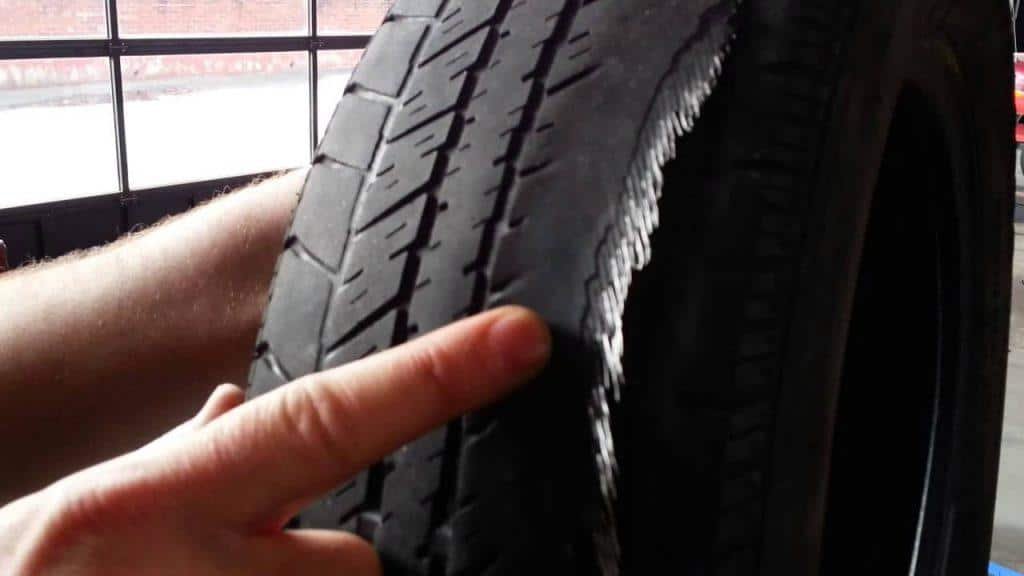

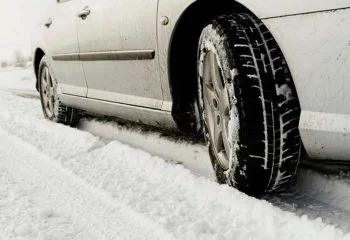
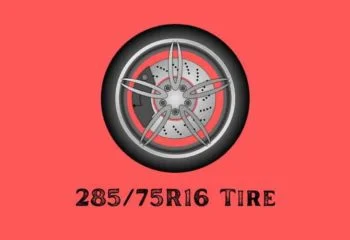
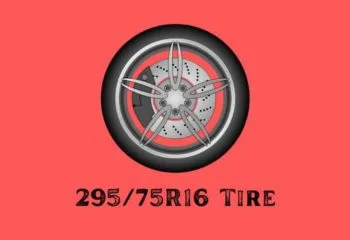
This is a very good and in depth analysis of “Cords on tires” I liked it a lot.
However I have a question here. Since I bought my tires at Bell Tire 1 year ago with warranty and my car did not drive more than 12 000 miles, in a city, could that be an issue with faulty tires ?
Don’t we have some recalls on bad tires? some tires are better than others , right?
Hi John, it’s difficult to say without knowing more about the specific situation. Sometimes there are manufacturing defects with a particular batch of tires, and sometimes different tires perform better or worse in certain conditions (e.g., wet vs. dry weather). It’s always a good idea to check the manufacturer’s website or contact them directly to see if there are any recalls or safety notices regarding your specific tires.